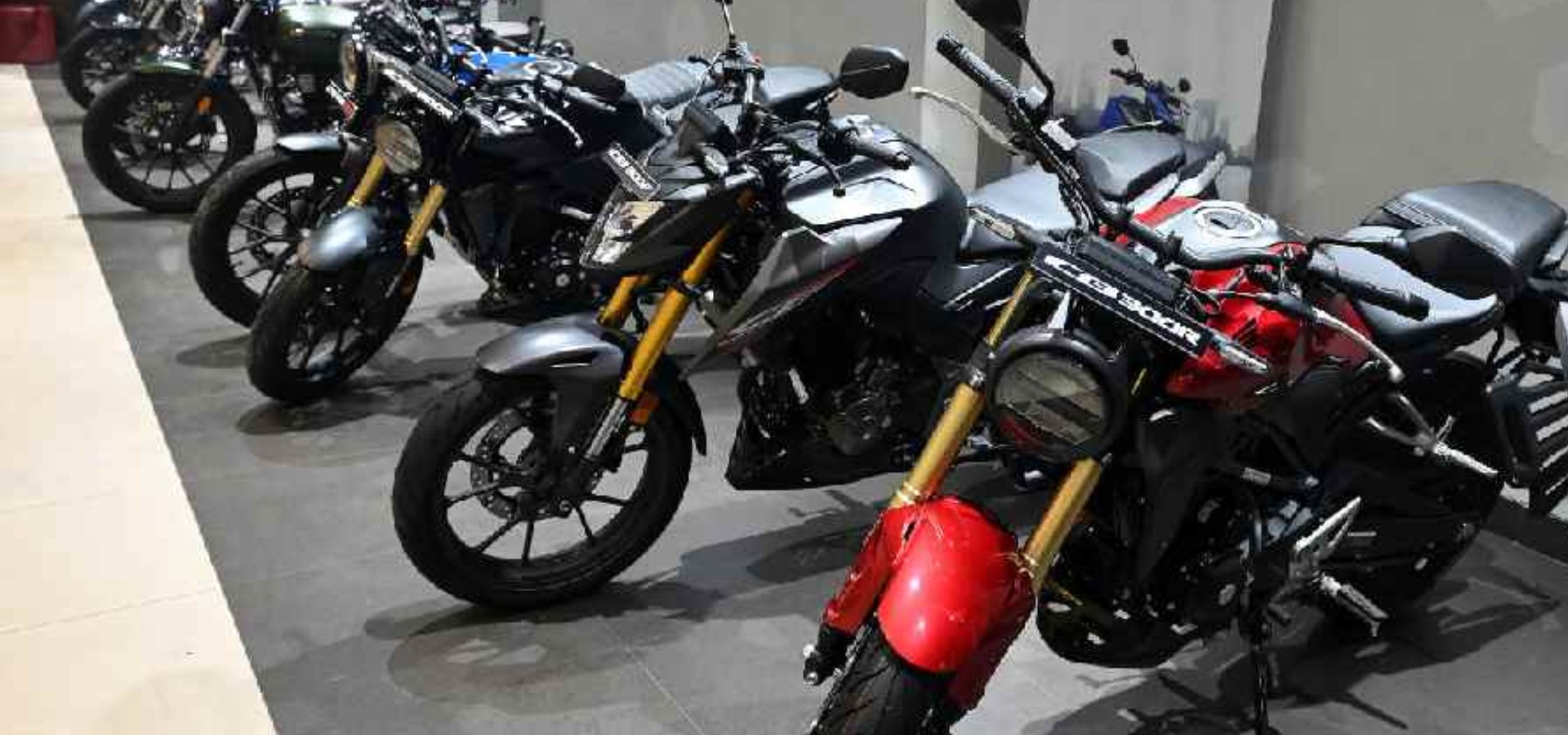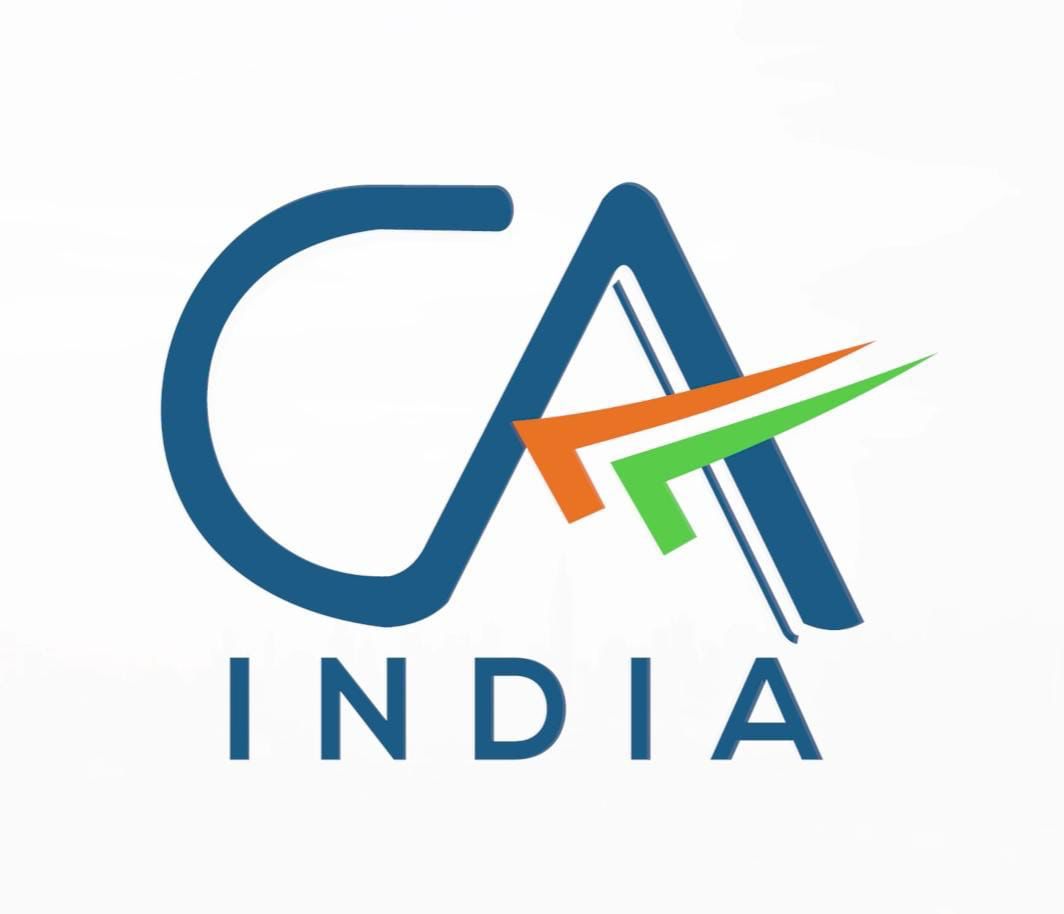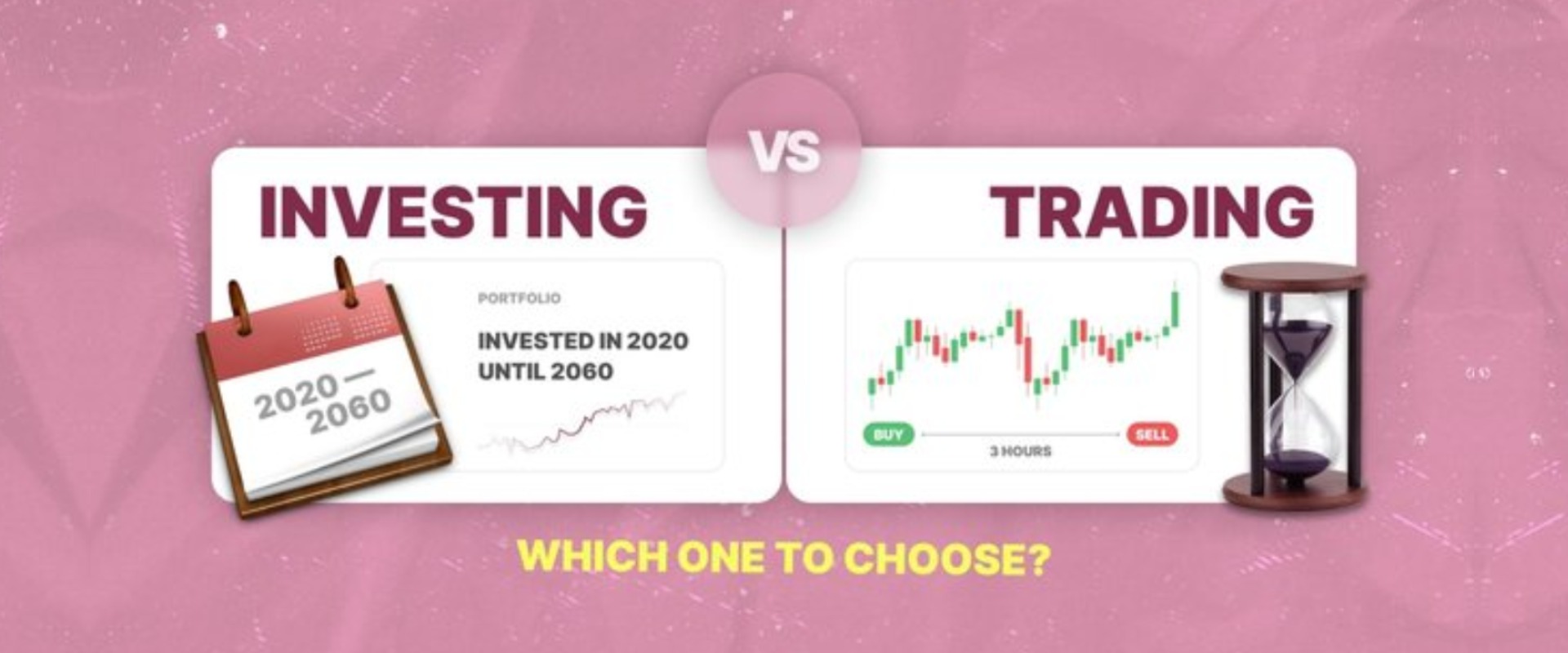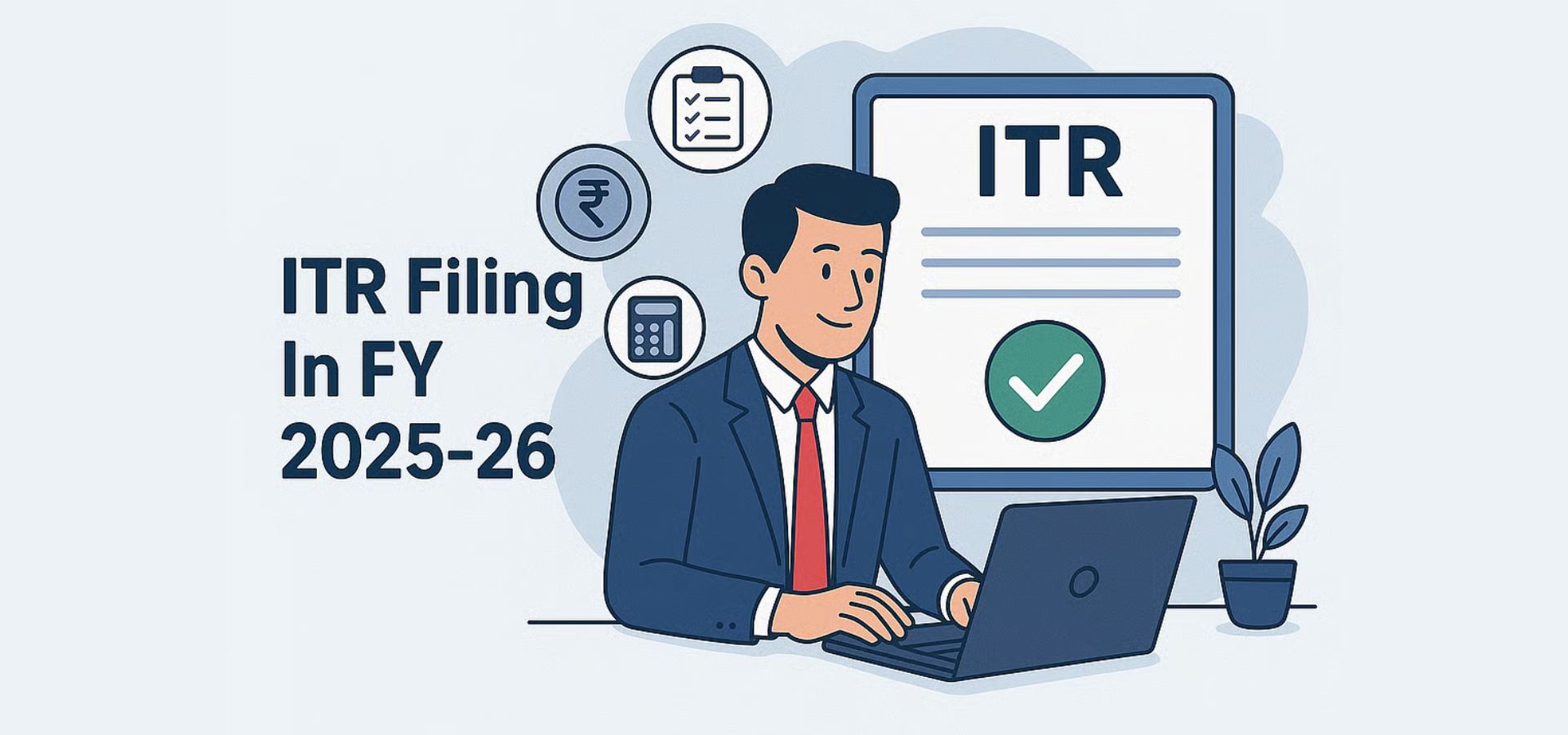
India’s two-wheeler market is gearing up for a strong revival in the current financial year. Following the recent GST rate cut under the GST 2.0 Reform Bill, industry analysts predict that two-wheeler sales volumes will grow by 5-6% in FY2025–26. This development is significant for a sector that has faced multiple headwinds in recent years, including rising input costs, pandemic disruptions, and fluctuating demand patterns.
The GST Cut: A Turning Point for the Industry
Prior to the GST 2.0 reforms, two-wheelers attracted an 18% GST rate, making them moreexpensive compared to other essential goods. Recognizing the importance of two-wheelers as the most widely used form of personal transport in India, the government reduced the GST rate to 12%. This strategic decision immediately lowered the on-road cost of motorcycles and scooters, making them more affordable for consumers.
For a commuter bike priced at ₹80,000, the GST cut translates to savings of approximately ₹4,800–₹6,000 for buyers. This reduction not only boosts affordability but also stimulates latent demand, particularly in rural and semi-urban regions where two-wheelers are indispensable.
Key Drivers of Growth
1. Enhanced Affordability
The price-sensitive nature of the Indian two-wheeler market means that even small cost reductions can trigger higher sales volumes. Entry-level commuter motorcycles and scooters, which account for over 70% of total sales, are expected to see a notable spike in demand.
2. Rural Market Revival
Rural India contributes nearly 50% of two-wheeler sales, making it a critical growth driver. Favorable monsoon forecasts, improved agricultural productivity, and government-led rural spending are expected to enhance purchasing power. With the GST cut, rural households will find it easier to purchase new two-wheelers, replacing older vehicles or adding a second one for family use.
3. Urban Commuting Shifts
In metropolitan areas, rising fuel costs and traffic congestion are pushing commuters to opt for
fuel-efficient scooters and motorcycles. With reduced GST, urban buyers now find two- wheelers an even more attractive option for daily travel, compared to relying on expensive
ride-hailing services or private cars.
4. The Rise of EV Two-Wheelers
Electric two-wheelers (E2Ws) are already benefiting from government subsidies under the FAME-II scheme and state-level incentives. With the GST cut, the price gap between petrol- powered and electric scooters has narrowed further. This has created a strong push for EV adoption, with companies like Ola Electric, Ather, and Hero Electric expected to capture a larger
market share.
5. Seasonal Demand Boost
India’s festive season—spanning from Navratri to Diwali—traditionally drives higher vehicle sales. The timing of the GST cut coinciding with the festive calendar will amplify consumer sentiment, leading to a surge in two-wheeler bookings and deliveries.
Industry Impact
Manufacturers
Leading players such as Hero MotoCorp, Bajaj Auto, Honda Motorcycle & Scooter India, and TVS Motor are expected to benefit significantly. Hero and Bajaj, with strong rural networks, stand to gain the most from increased affordability in semi-urban and rural markets. Honda and TVS, dominant in the scooter category, are likely to witness higher urban demand.
Dealers
Dealership networks, which often face the challenge of unsold inventory, are expected to benefit from faster stock turnover. Lower prices mean easier sales, reduced financing costs for inventory, and better margins.
Consumers
For middle-class households, the GST cut represents improved purchasing power. First-time buyers, students, and young professionals will find it easier to invest in two-wheelers, further widening the customer base.
Projections and Expert Opinions
- According to SIAM (Society of Indian Automobile Manufacturers), the GST cut could lead to an additional 1.5 to 2 million two-wheelers being sold in FY2025–26.
- Analysts expect the commuter bike segment (100cc–125cc) to lead growth, with demand particularly strong in Tier-2 and Tier-3 cities.
- The premium motorcycle segment may also see modest growth, as affordability improves even in the 150cc–250cc range.
Market research firms project that total two-wheeler sales could reach 20–21 million units this fiscal, compared to 19.2 million units last year. The growth will be largely supported by commuter motorcycles and scooters, while electric two-wheelers could account for nearly 10- 12% of overall sales.
Challenges and Considerations
Despite the optimism, the industry faces several challenges:
- Fuel Prices: Continued volatility in petrol prices may influence buyer sentiment, though affordability from the GST cut helps offset the impact.
- Supply Chain Issues: Global disruptions in semiconductor availability could slow down production, particularly for feature-rich and electric models.
- Regulatory Norms: Stricter emission standards and safety regulations may add to manufacturing costs, partially offsetting GST benefits.
Conclusion
he GST 2.0 reform has given India’s two-wheeler sector a timely boost. By reducing the GST rate from 18% to 12%, the government has made two-wheelers more affordable, unlocking pent-up demand across rural and urban markets. Analysts forecast a 5-6% sales volume growth this fiscal, translating into millions of additional units sold.
As affordability improves and both consumer sentiment and rural incomes rise, the two- wheeler industry is poised to ride into a new growth phase. With strategic adaptation, this momentum could sustain well beyond the current fiscal, cementing India’s position as the world’s largest and most dynamic two-wheeler market.







